In modern society, it is impossible to ignore the issues of gender equality. In art, as in all spheres of life, there is gender discrimination.
Once, our correspondent interviewed a famous Kazakh male artist who spoke negatively about the role of women in painting. And this is despite the fact that the interviewee understood about the recording for a media portal that focuses on women in art, and is called Art of Her.
Our editorial board does not divide art into female or male, but in the context of this problem, which takes place in the life of almost every artist, we single out the concept of "female art" for a complete understanding of the picture.
Alexandra Kudryashova helped us to understand this issue. The Artwitch (as Alexandra calls herself in her Instagram profile) answered the questions of our editor Rus Biketov about women of art in a patriarchal society.
Alexandra, can we say that art is divided into male and female?
Well, look, I can't answer the question whether it is divided into male or female. I do not know why, but inside me, when I hear something about women's or men's art, it starts to hurt a lot. Let's look at men's and women's sports. From the point of view of gender, we can say: here men play volleyball, and here women play volleyball. But, from the point of view of art, the evaluation systems that we usually apply to sports are not suitable here, conditionally you have to run a marathon 42 km. and then you will have a result, and then we will understand which of you is cooler.
If we delve into history, when did this division into male and female art appear?
From the point of view of the historical context, who made the art? Women do not have education until the 20th century, women do not have the right to vote until the 20th century, there is no right to own property, there are practically no constitutional rights, so we cannot see some kind of non-male art.
If we mean that men's art is what men do, and women's art is what women do, then until the 19th century there was the concept of "Women's workshops". "I am doomed to loneliness or to the mediocrity of a women's workshop. Here you are not pushed forward, not encouraged, and you rot on the spot. Oh, why am I only a woman?", — the artist Maria Bashkirtseva wrote. That is, the phrase "women's art" implies that women sit in the studio and draw flowers while men do great things in painting.
In the second half of the 20th century, Guerrilla Girls appear, who perform with posters: "Why can only white men be artists?", "Does a woman have to be naked to get into the Metropolitan Museum of Art?", "The most racist galleries in New York", etc.
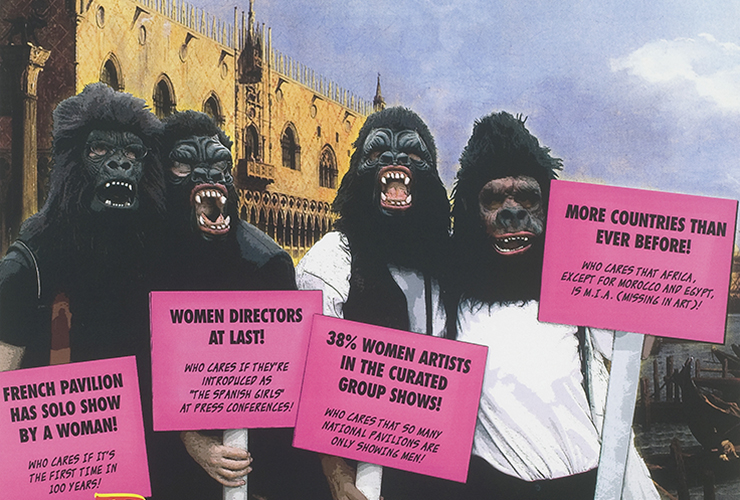
Look, in 1989 there was only one solo exhibition of a female artist in ..., and in 2015 (when it seemed that women still needed all the rights) everything changed for only 3-4 exhibitions. For 30-40 years, only a couple of solo exhibitions have been added in large art museums. Well, conditionally, let's imagine that out of 150 exhibitions, only 3 are solo exhibitions of women.
That is, historically, it so happened that all art is a man's occupation?
Well, look if we even write "the 10 best artists in the world" or "the 10 best paintings in the world" on Google. What are the 10 best pictures coming out? I think there will be 100%: Salvador Dali, Van Gogh, Picasso, Sandro Botticelli, Leonardo da Vinci, Michelangelo, Raphael and that's it. But this is not because male artists are terrible, and women are poor and unhappy. This is from the point of view of history. I once had a course on women in art, and on the image of women in art, and on women artists. Here it hurts everything in both directions. That is, it is the absence of other possibilities. In ancient Greece, women were depicted dressed, and men undressed. Not because men were simply more loved, but because it was a privilege. Exactly the same as in the visual arts. Yes, it's a matter of privilege.
Yes, that is why the picture was formed that the artist is a man, and the muse is necessarily a woman?
Because, unfortunately, the historical context is not worked out in a short time. That is, as in my favorite 100-year-old picture: let's ban education for women until the 20th century, and then say that they are stupid, they did not invent anything. Well, even from the point of view of history. But if you have had education for centuries, have access to it – the picture will be completely different.
And, by the way, even despite this, there are a lot of women who appear in history, well, quite suddenly. Although, it would seem, where can they come from there? For example, there was Artemisia Gentileschi, who was an artist in the 17th century. She survived abuse from an art teacher who was picked up by her father. They sued him. Can you imagine, in the 17th century there was a real trial of a rapist of a woman?!
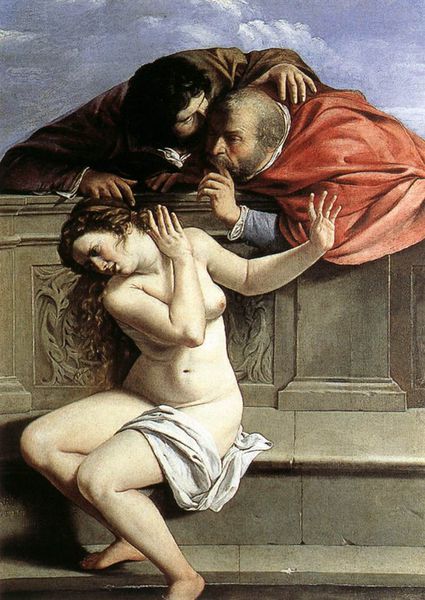
Yes, at the same time, I also note that there are women who just prove absolutely the opposite things. And the fact that even if your husband is an artist, you can also achieve something. Today, after these years, we see the popularization of female artists with a difficult fate. For example, Frida Kahlo. Many follow her example, especially young artists. Her husband is the famous artist Diego Rivera, but at the same time, now we hear very little about Diego and a lot about Frida.
It's like, you know, if you don't even talk about the fact that they are husband and wife, in terms of talent, and in terms of what they do. That is, Frida had quite a few commissioned works. She did almost all the work about herself, about her experiences, about her feelings, about her internal processes. Diego made socialist realist murals, so in the context of socialist realism he is beautiful. But, in the context of world art, this is not relevant. And if it was Frida, it would also be irrelevant. Here gender does not play a role at all. What they did is playing here.
Therefore, from the point of view of talent, you can probably judge somehow. But I can't judge, because, as it seems to me, it is contraindicated for me to judge who is talented and who is not. But in general, yes, there are some concepts in the relationship between artists and female artists. But it often happened that they fought. For example, Georgia O'Keeffe (mother of American Modernism) she was constantly fighting with her husband, or a million of these Picasso women, poor young 17-year-old girls, whom he somehow tried to entangle himself. Then one went crazy, the other was completely killed, and something else bad happened to the third. And only one managed to escape from him, being also, by the way, a cool artist. And after she ran away from him, the girl wrote the book "My Life with Picasso", and he then sued her for a very long time.
What do you think is the right way to address a woman who is engaged, for example, in painting? Painter or paintress?
Many artists and women artists specifically cut off this prefix to women's or men's art, because, in principle, they want to focus a person's attention not on this.
Therefore, this is such a difficult question, it all depends on the context. It seems to me that the simplest thing is like with foreign languages. When you come to another country where they speak their own language, you ask: what is the best way to address you in English, French or Italian. They say: let's do it in Italian. And you understand how to address a person.
Alexandra, but for you personally, how is it more comfortable when you are addressed: an art critic or women art critic?
I am an art critic, but not because this is my principled position. I think I like it that way so far. Then, I might like something else. That is, it does not matter. You can also be an artwitch , I'm signed on Instagram as an artwitch, I like it, it suits me. I myself try to use most of the femenitives.
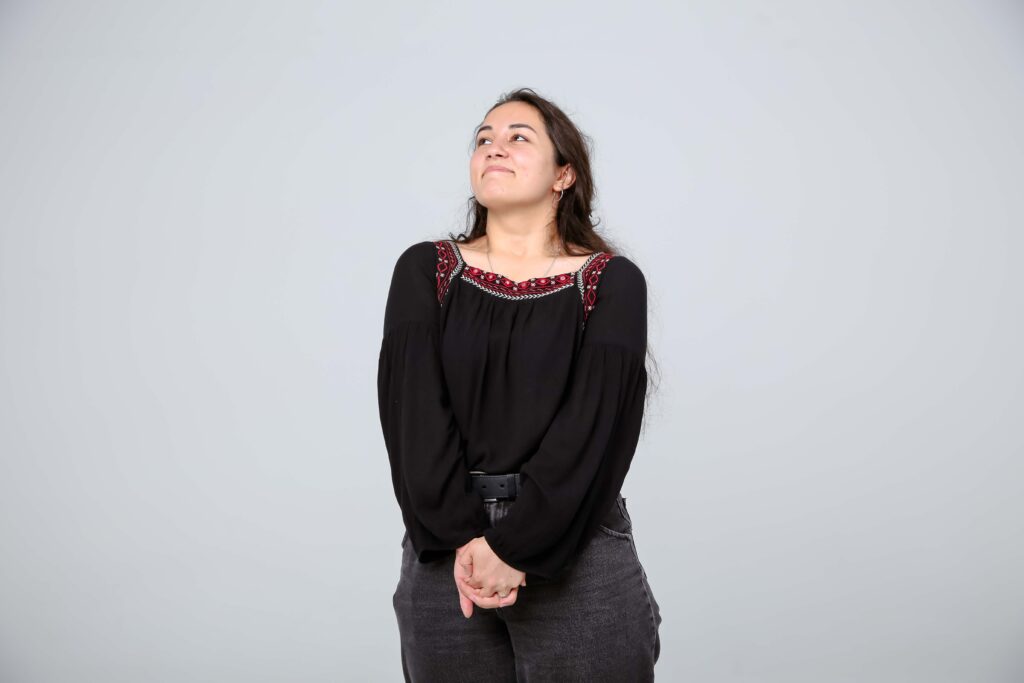
In your work, you constantly intersect with many artists in our country and abroad. After all, were there any moments when you, as a woman art critic, had some kind of inferior attitude?
Well, to be honest, no. There must have been more of that here. Well, I'm not saying that it was bad here, that everything is a nightmare here, but it's good there.
It was in Russia. But there, I think it wasn't really about gender. You know, they have their own art criticism stereotypes inside. It annoyed me terribly, when I approached someone in Repinka or discussed something with someone, they said to me: - Well, you'll probably marry an artist. - why? — Well, you're an art critic, it always happens that way. Women study to be an art critic because they can't go to painting. They study to be an art critic, marry an artist and then write him reviews, articles, and so on.
But in general, this is not in my activity now. The maximum that I can meet is a biased attitude, based on the fact that I am not very old, and I teach. But this is just interpersonal.
What was the situation with women's art in the history of Kazakhstan?
Well, look. Traditionally, if we are talking about Kazakhs who are not Saks and Scythians, but since the formation of the Kazakh Khanate, then all women have been engaged in needlework. They were not treated pejoratively, they were very respected in society. Due to the fact that it was considered very cool. They hold everything that is in general in everyday life. Not from the point of view of what they wash, clean or wipe there. They make jewelry, they do some coats of arms, generic some cool stuff. The women were shamans. And shamans are, by the way, not the fifth person in society.
Women were busy with cotton, knitting. And, unfortunately, it's very little covered, because it's like it's not really art. It's not painting. But will you show me Kazakh painting? There was no traditional European painting. There can be no painting as such until the 20th century. Why should Kazakhs do this, they are nomads. They generally have a different direction in art. They had military equipment, jewelry, textile business. It's a whole art. Women were engaged in all this decorative and applied art. They were very respected in the settlement, people came to study with them. Even all these shawls that women put on themselves, it's not because they were hiding and were somehow invisible. This is about quite a lot of respect. But some kinks in different directions began in the 20th century, after the repressions, when painting opened, a school in Alma-Ata already appeared. The first female Kazakh artist with a professional education appears only in the 60s - Aisha Galimbayeva.
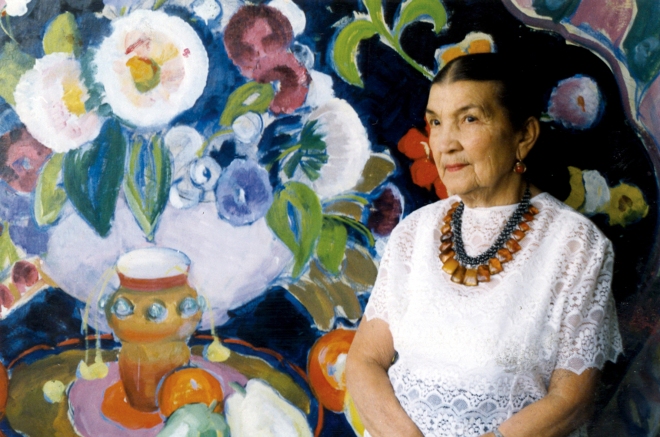
What do you think is a modern Kazakhstani artist? How does she feel in the patriarchal society of the 21st century?
Well, listen, I'm not an artist. Therefore, I can't imagine how she feels. But I think if this is an artist who knows what she is doing and loves her job, I can only wish her strength and good luck. I hope she is well.
Of course, in some things it is difficult for her, perhaps from the point of view of finances. We don't have many stories about earnings. Therefore, I hope that a modern Kazakhstani artist is one who sells her works, plans solo exhibitions and her future.

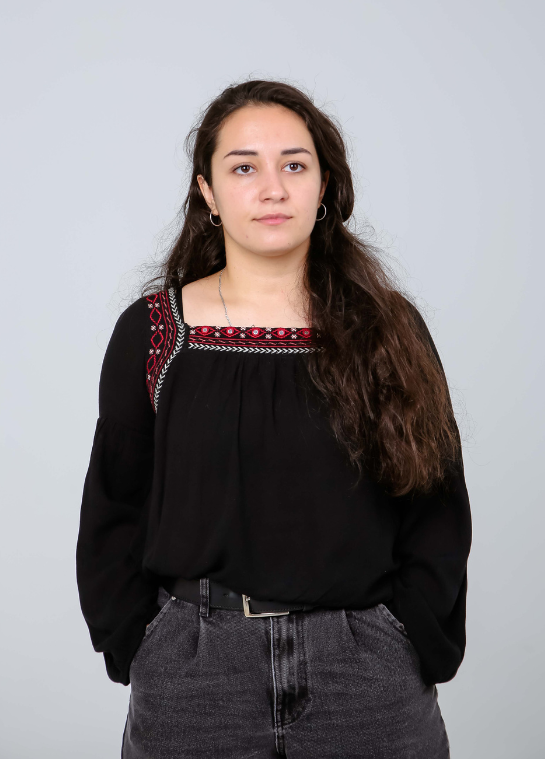




An open set of artists for a group exhibition in Shakhtinsk
Impressionism and Kazakh masters: what exhibitions are going on at the Has Sanat Art Gallery